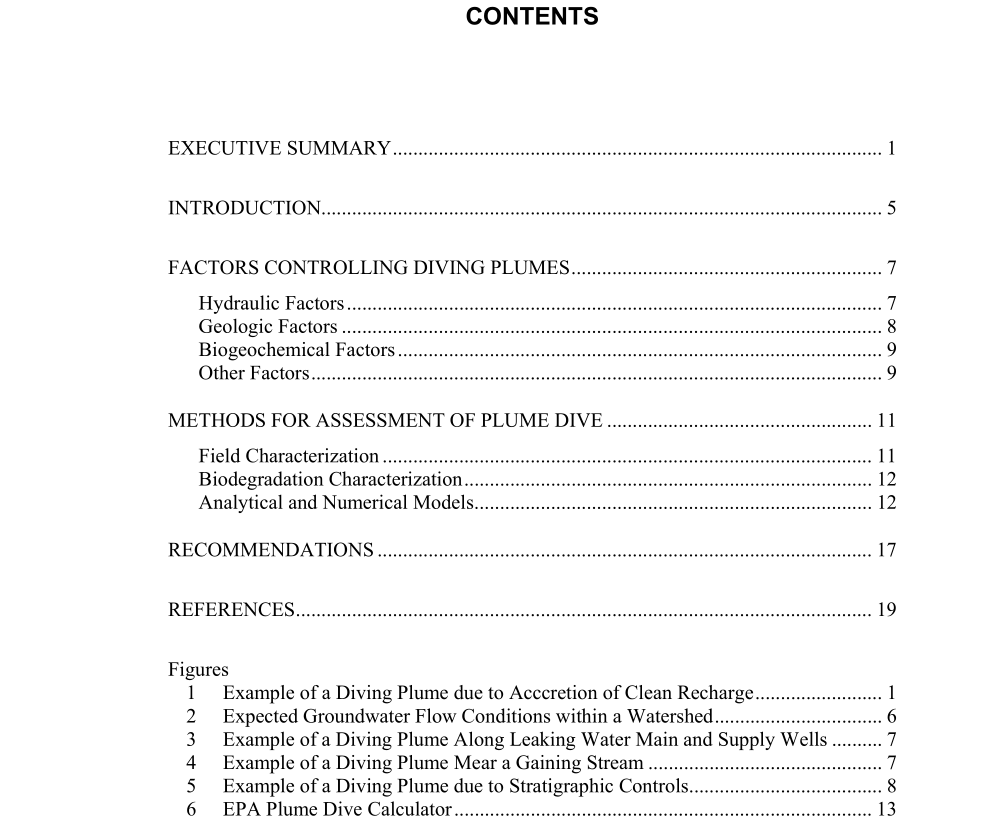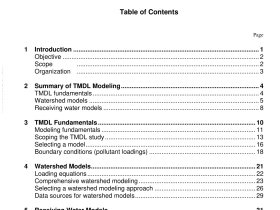API Bull 24 pdf download

API Bull 24 pdf download.Downward Solute Plume Migration: Assessment, Significance, and Implications for Characterization and Monitoring of “Diving Plumes”
Risk-based decision-making can provide a framework for gauging the effort level required in a site investigation. Generally, the effort level for site characterization should be commensurate with the potential threat level to a receptor. At sites with a high level of threat to receptors, more extensive assessment of sources and exposure pathways is warranted. Prior to conducting field characterization tasks, available information about potential threats to receptors is used to select a preliminary level of characterization effort. As the potential threat (and corresponding level of characterization effort) increases, the need to evaluate the potential for significantly diving plume also increases, particularly if the consequences of missing a diving plume are great. Likewise, if the occurrence of a significantly diving plume is of great importance to identifying threat to receptors, then the effort expended on the characterization of the plume should increase. For example, if a supply well is located relatively close to a site and extracts groundwater from a deeper stratigraphic interval than the affected shallow aquifer, missing a diving plume may result in future impacts to the supply well. The flux of dissolved contaminant mass in a plume (total mass discharge) can be a useful metric for assessing threat to receptors (Einarson and Mackay 2001; Nichols and Roth 2004).
Guidance for evaluating the assessment level associated with various characterization tasks, such as vertical plume delineation, can be found in the technical bulletin “Strategies for Characterizing Subsurface Releases of Gasoline Containing MTBE” (API 2000). Although intended for characterizing MTBE releases, the principles can be applied to any contaminant investigation. In addition, several standards for site characterization are available from the American Society of Testing and Materials. The API technical bulletin outlines an approach for choosing between limited, standard, and detailed levels of site characterization. A limited assessment is characterized by relatively large sampling and/or monitoring well spacing, coupled with a review of regional hydrogeologic information, and a relatively low-resolution definition of the horizontal flow system. As the potential for adverse affects and resulting threats to receptors increases, an investigation may progress to a standard or detailed level of site characterization. A standard assessment may include closer sample and well spacing, and some degree of vertical plume and hydraulic property delineation. Detailed levels of assessments may include an evaluation of vertical flow potential, refined horizontal migration estimates, relatively dense sample and well spacing, and frequent use of depth-discrete monitoring points for more detailed horizontal and vertical delineation. Each level of assessment can be applied to the evaluation of the potential for and magnitude of plume dive and commensurate with the estimated potential threat to groundwater and/or surface water receptors.
If a detailed vertical characterization of the plume is warranted, a screening-level assessment of the potential for plume dive can be conducted using the analytical tools described below. Analytical tools can be used to guide installation of multi-level monitoring wells and well networks downgradient of the apparent leading edge of the plume, where typical depth-integrated monitoring wells may result in measured concentrations that appear to be reduced as a result of mixing of contaminant with the overlying accumulated clean water. Additionally, obtaining information about the general geology or depositional environment may assist with selecting well screened intervals for lithologic units that dip or otherwise influence the dip angle of a plume. Depth-discrete monitoring points can confirm the presence of and measure the magnitude of vertical gradients at a site. The presence of a measured downward vertical gradient indicates a driving force is present for groundwater and plumes to migrate downward. Steep vertical or horizontal gradients can indicate regions where barriers to flow exist (such as major changes in lithology and hydraulic conductivity), where recharge rates are high, or where greater flow is induced as a result of pumping.









